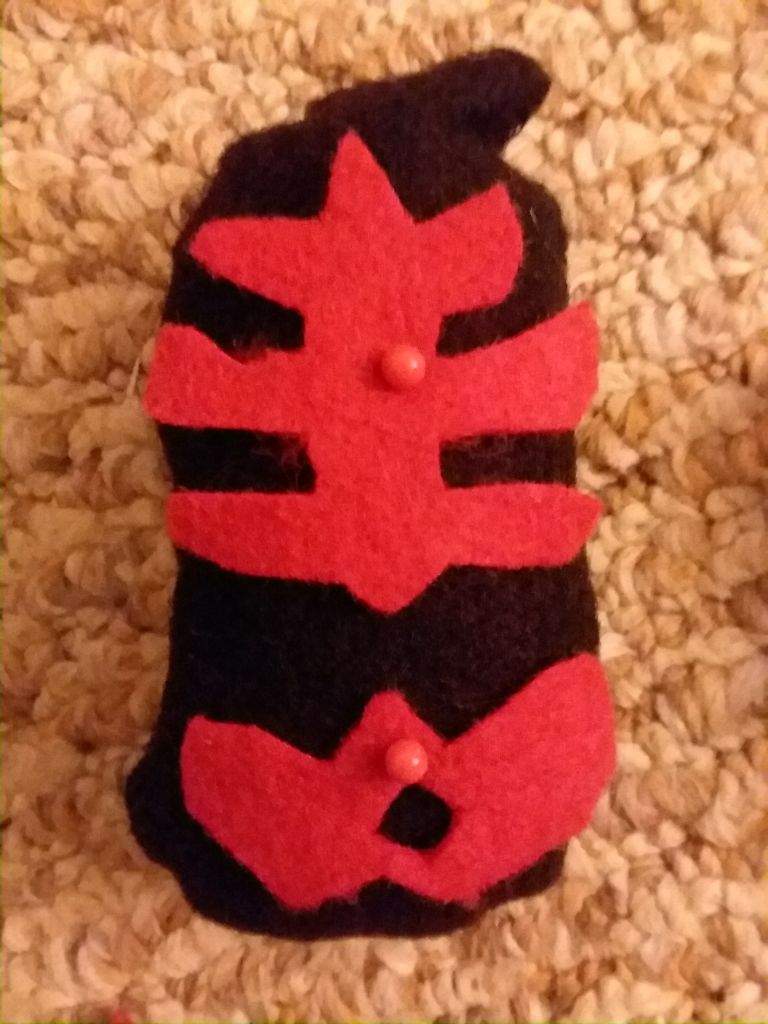

Limits encapsulation by exposing types.Allows reuse of both elements and types.All elements and types are global, hence many potential root elements. Is a combination of Venetian Blind and Salami Slice. Allows reuse for all the types and the single global element.Is an extension of Russian Doll and contains only one global element. Renders the root difficult to determine.Supports reuse of elements from other documents.Could reduce the complexity of namespace, depending on the elementFormDefault attribute of the schema.Ĭontains all global elements, hence many potential root elements.

Near the end of the article is a link to a Flash demo that illustrates the procedures described in this article.Ĭontains only one global element. It also explains how NetBeans Enterprise Pack displays, detects, and maintains those patterns, which greatly simplifies the design phase of the schema development cycle. This article defines the four most common pattern types and their characteristics for reuse. By using the intuitive XML tools in NetBeans Enterprise 5.5 (henceforth, NetBeans Enterprise Pack), however, you can seamlessly transform one design pattern to another with only a few GUI steps. Once you have made a choice, switching the pattern to another one without GUI tools is tedious and error-prone. You can conveniently classify the four most common patterns according to two criteria, namely:Ĭhoosing the appropriate pattern is a critical step in the design phase of schemas. A global element or type, which is a child of the schema, contains a target namespace. The patterns vary according to the number of their global elements or types. XML schemas contain numerous design patterns, the most common of which are Russian Doll, Salami Slice, Venetian Blind, and Garden of Eden.


 0 kommentar(er)
0 kommentar(er)
